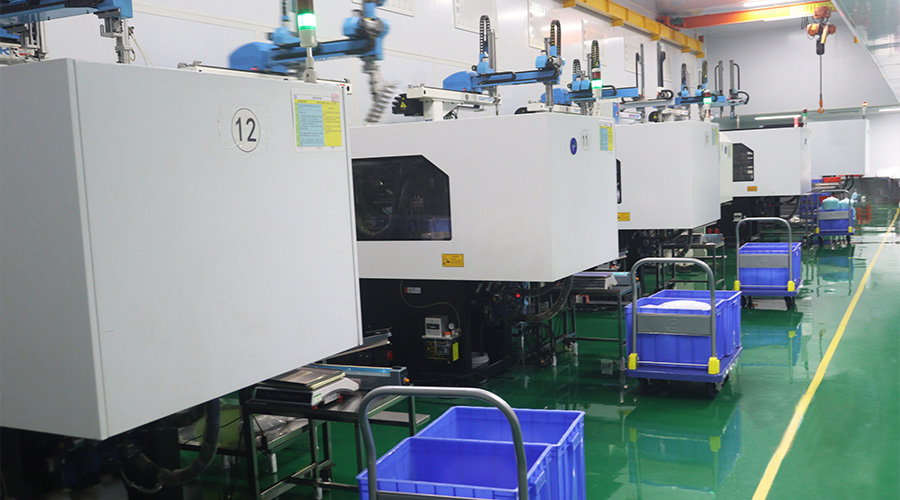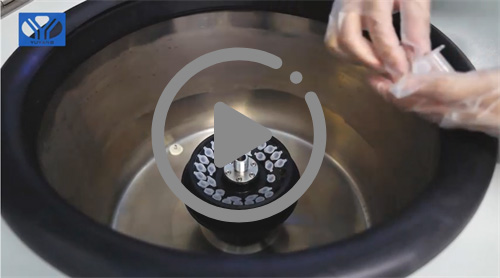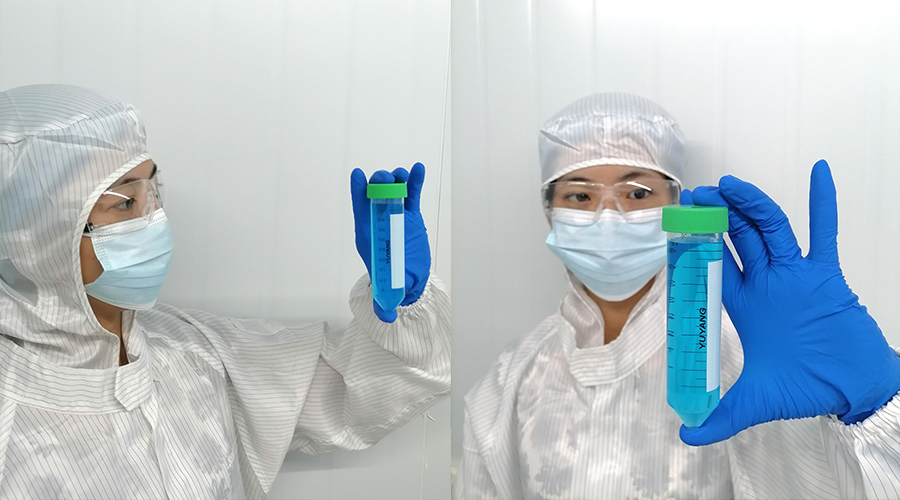
Development History of Gold Label Cassette Technology
The gold label immunocolloidal rapid diagnosis technology is a new technology based on enzyme linked immunosorbent assay, latex agglutination test, monoclonal antibody technology, and immunocolloidal gold labeling technology, using colloidal gold as a marker, using specific antigen antibody reactions to amplify the reaction, and determining the results through direct observation. This technology has the advantages of simplicity, speed, accuracy, and is rapidly developing in many diagnostic fields such as clinical medical testing, hormone testing, food testing, rapid detection of drugs, as well as antigen antibodies.
In 1857, British physicist and chemist Michael Faraday prepared colloidal gold from aqueous chlorogold acid solution using a reduction method. He discovered that adding a small amount of electrolyte to it could make the colloidal gold change from red to blue, and finally coagulate into colorless; Adding gelatin or other macromolecular substances can prevent this change. This important discovery laid the scientific foundation for the preparation and application of colloidal gold.
In 1962, Feldherr et al. proposed the idea of using colloidal gold as a tracer for electron microscopy.
In 1971, Faulk combined rabbit anti Salmonella antiserum with colloidal gold particles to form a gold labeled antibody for detecting the distribution of bacterial surface antigens, marking the application of colloidal gold as a new colored marker in the field of immunology. Since then, immunocolloidal gold technology has been widely used in the field of immunochemistry.
In 1974, Romano labeled horse anti human IgG with colloidal gold and realized indirect immunogold staining.
In 1978, Geoghegan used immunocolloidal gold technology to detect the distribution of B lymphocyte surface antigens.
In 1981, Danscher used silver developer to enhance the visibility of gold particles under a light microscope.
In 1983, Holgate et al. established Immune Gold Silver Staining (IGSS), which greatly improved the sensitivity of detection.
In 1986, Fritz et al. successfully performed color immune gold and silver staining, obtaining a more distinctive visual effect.
In 1989, Spielberg et al. established the dot immunogold filtration assay (DIGFA) by detecting anti HIV dot immunogold filtration assay.
In 1990, Beggs et al. established a simple and rapid immunological detection technique based on immunofiltration technology, namely colloidal gold immunochromatography (GICA), for the detection of HCG in human urine and serum. With the maturity of monoclonal technology and the rise of nanotechnology, gold labeled cartridge immunocolloidal gold technology will gradually be improved and developed, and will be widely used in biomedical fields such as immunohistochemistry and biomolecular recognition.
Recommend
-
Summary of Application of Gold Immunochromatography with Gol...
-
Production Technology of Gold Label Cassette...
-
Characteristics of Plastic Parts for IVD...
-
Take You To Understand, Special Material for Gold Label Cass...
-
What Are The Storage And Transportation Requirements for IVD...
-
Gold Immunochromatography with Gold label Cassette...
-
Do you know About IVD Reagent Card Materials...
-
What Are The Materials of Plastic Test Tube...








 Language
Language 